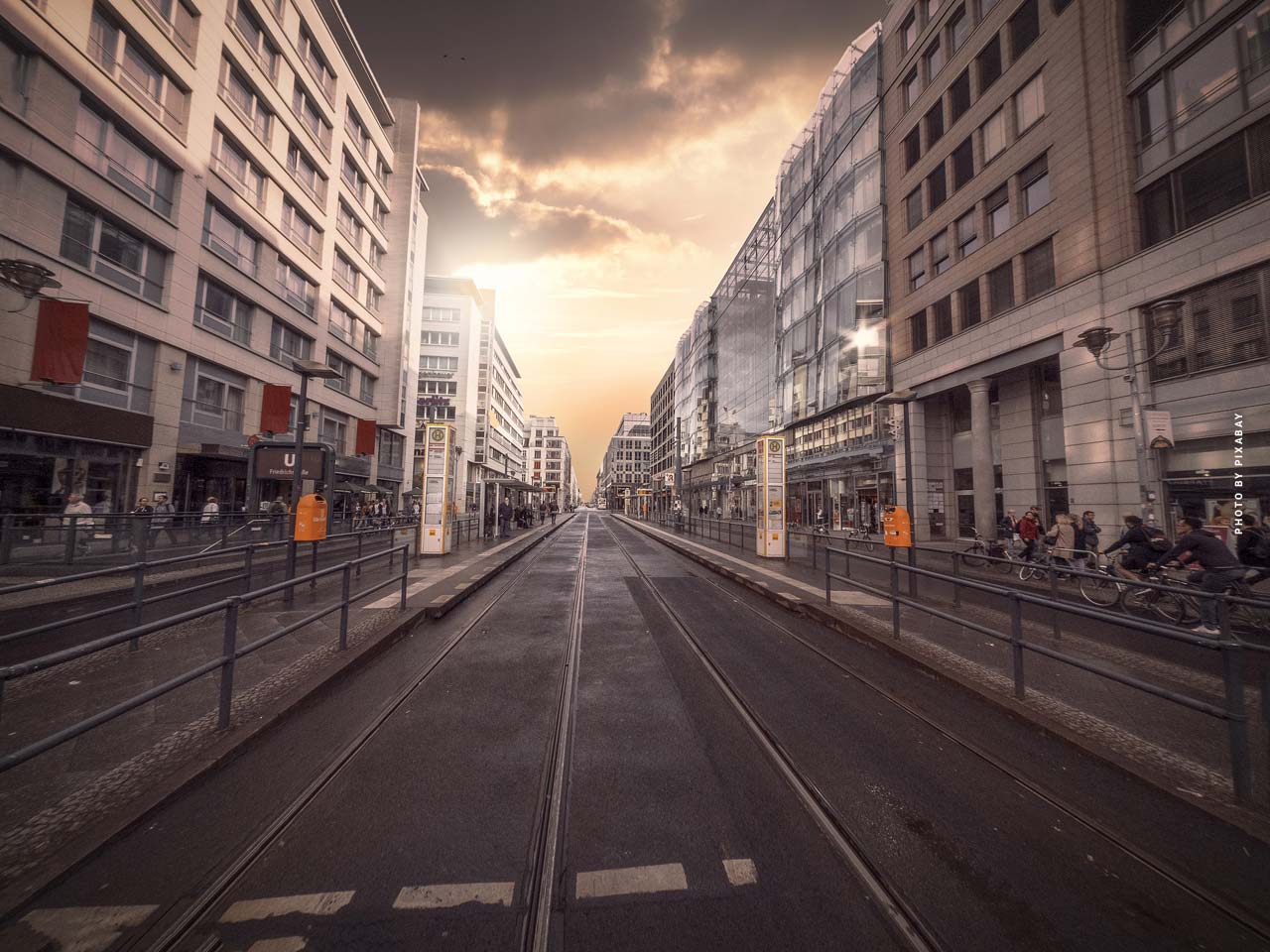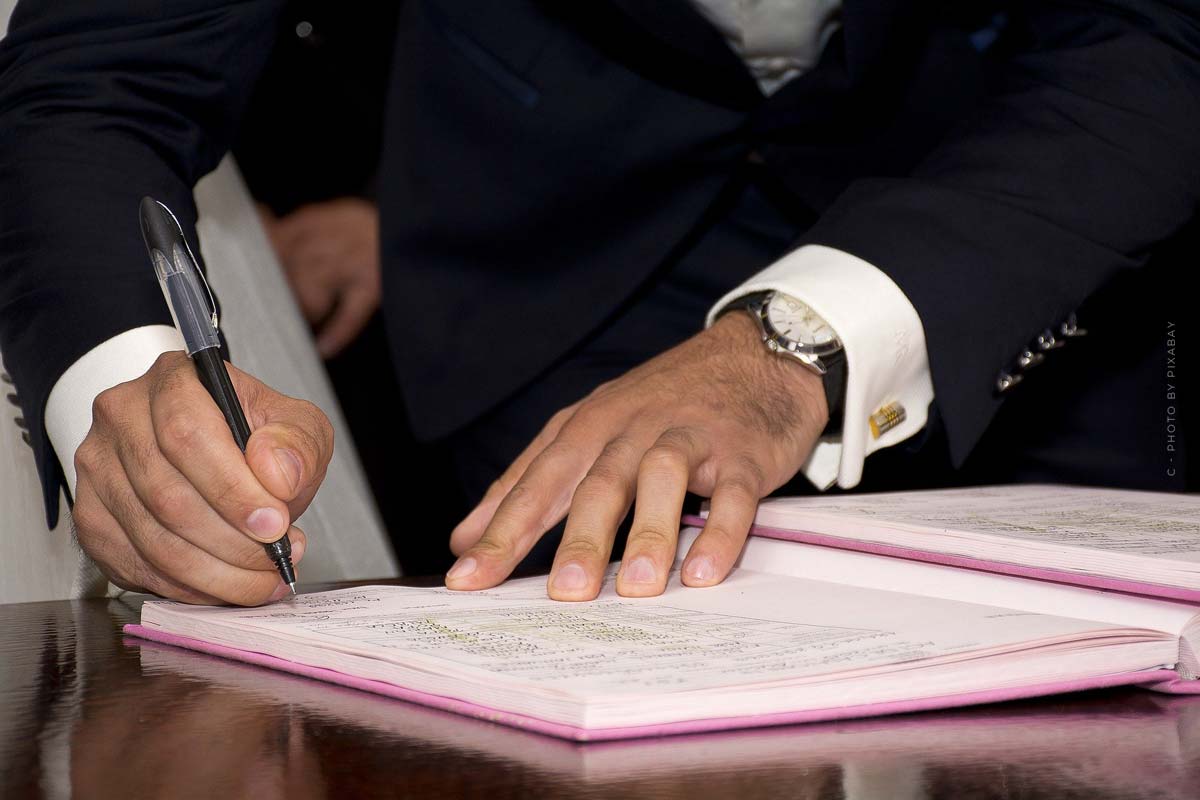Berlin: Trends for the Bundestag election in September 2017
The current polls for the Bundestag elections are diverse! We have therefore already taken a look at our capital Berlin! Here ideas are born, perhaps also a new constellation in the Bundestag. A whole country goes to vote and of course Berlin with its 2,505,718 eligible voters is also meticulously preparing for the upcoming elections in Berlin.Here is your forecast for Berlin in Berlin. The Bundestag election serves to democratically determine and establish the members of the German Bundestag. The takes place according to Article 39 of the Basic Law every four years. We have the forecasts and projections from Munich to Hanover. Parties of the center like CDU / CSU, SPD, FDP, Greens and The Left in Berlin. But also new parties like Free Voters, AfD and Die Partei. Read all the facts! For your city and your constituency (number 911) we have the latest projections, trends and forecasts. On which day the Germany-wide election of the Bundestag takes place, that determines the federal government in Berlin in cooperation with the states and the Federal President, he or she decides, now the political parties and reporting media representatives and journalists can prepare for the election campaign.
Trends in the CDU’s federal election
The CDU / CSU is a people’s party of the middle, since 1945 it is active in the federation and in the respective states. As a people’s party in the Federation, the program of the CDU / CSU is generally aimed at all classes and groups in the Federation. 30.0% can claim the CDU / CSU in Berlin (Berlin) according to the forecast. Read more about the CDU / CSU here.
Trends for the Social Democratic Party of Germany (SPD) in Berlin
The SPD, Social Democratic Party of Germany, is a nationally represented political party in Germany and also in many state parliaments with its ideas for environmental policy, social policy and budgetary policy. A central goal of the party and its program is educational justice and upward mobility for young people and children from educationally disadvantaged backgrounds. Politically re-established in the German post-war period 1945. The SPD gets in Berlin (Berlin) currently with 455,138 votes 25.5%. At the same time 24.6% of the secondary votes with 439.387 votes. As a party, it has an almost equal number of members as the Christian Democratic Union, in 2017 it gained an extremely large number of members due to the arrival of Martin Schulz, whom many previously only knew from the EU Parliament. Small and large families are more specifically supported in their very own life plans. Here you can find more about the SPD and the current election program of the SPD or find more about the SPD on Wikipedia.
FDP (Die Liberalen), the federal party with election program
, the basic idea of the FDP and its representatives in terms of content has always been political liberalism. Thereby there are many election forecasts in newspapers. Let’s take a look at the current projection for the FDP. Predicted convinced the FDP on 25,867 voters, converted are that 1.4% of the voters here in Berlin and 3.6% of the secondary votes. Read more about the FDP here.
Die Fraktion Die Linke: Left Party
The Left, the Left Party, was formed in 2007, through the merger of the SPD spin-off (WASG) and the then East German Linkspartei.PDS. There are many election projections. Here is the latest projection for Berlin. will win the party 18.5% of the second votes. Further information on Die Linke.
Principles and election programme of Bündnis 90 / Die Grünen
Bündnis 90/Die Grünen stand for environmentally friendly policies with modern content, at that time the Greens were still considered alternative, today they have arrived in the middle. An essential thematic factor of their politics is environmental policy. A prestige project was the nuclear phase-out. According to their own statements, the Greens stand with their green policy for an ecological, cosmopolitan and just country. From data protection to green economy and integration of refugees. New election forecasts appear constantly in newspapers and news. 243.259 people will vote for the Greens in the upcoming federal election, that is 13.6% of the voters. Discover more about Die Grü nen here or read more about Die Grünen on Wikipedia.
Projections for the Alternative for Germany (AfD)
The AfD, Alternative for Germany, was founded in 2013 as a reaction to the euro bailout and has always been very active in its media work. In its first European election, it also won supra-regional mandates for the first time and entered 11 state parliaments. What do people vote for in Berlin? 67,483 people will vote for the AfD in the upcoming election, which is 3.8% of the electorate this year. Who is the AfD? The AfD is located far to the right of the Union parties, the AfD is classified as right-wing populist and controlled and influenced by right-wing populism, which many journalists also rightly critical.Detailed information on the AfD.
This is what people are interested in this year
These policy areas will decide the next election campaign:
- Agricultural policy
- Health policy
- Media policy
- Energy policy
- Education policy
- Defence policy
- European policy
- Food policy
- German reparation policy
Projection for constituency 911 (Berlin)
The forecast for Berlin constituency. Read here the statistical projection for Berlin’s most important city Berlin.
| Parties | Voter | Percent |
| SPD | 455.138 | 25.5% |
| Second vote SPD | 439.387 | 24.6% |
| CDU/CSU | 536.332 | 30.0% |
| Second vote CDU/CSU | 508.643 | 28.5% |
| The Greens | 243.259 | 13.6% |
| Second vote The Greens | 220.737 | 12.4% |
| FDP | 25.867 | 1.4% |
| Second vote FDP | 63.616 | 3.6% |
| The Left | 333.148 | 18.7% |
| Second vote The Left | 330.507 | 18.5% |
| AfD | 67.483 | 3.8% |
| Second vote AfD | 88.060 | 4.9% |
| The party | 16.057 | 0.9% |
| Second vote The Party | 18.673 | 1.0% |
| independent voters | 8.138 | 0.5% |
| Second vote Free Voters | 7.531 | 0.4% |
Basis/Source: The Federal Election Commissioner / Wiesbaden 2016 / Result of the election to the 18th German Bundestag on 22 September 2013 converted to the 299 constituencies in the delimitation determined for the 2017 Bundestag election.
Surveys in all federal states
- Baden-Württemberg
- Bavaria
- Hamburg
- Lower Saxony
- North Rhine-Westphalia
- Germany
- All federal states






